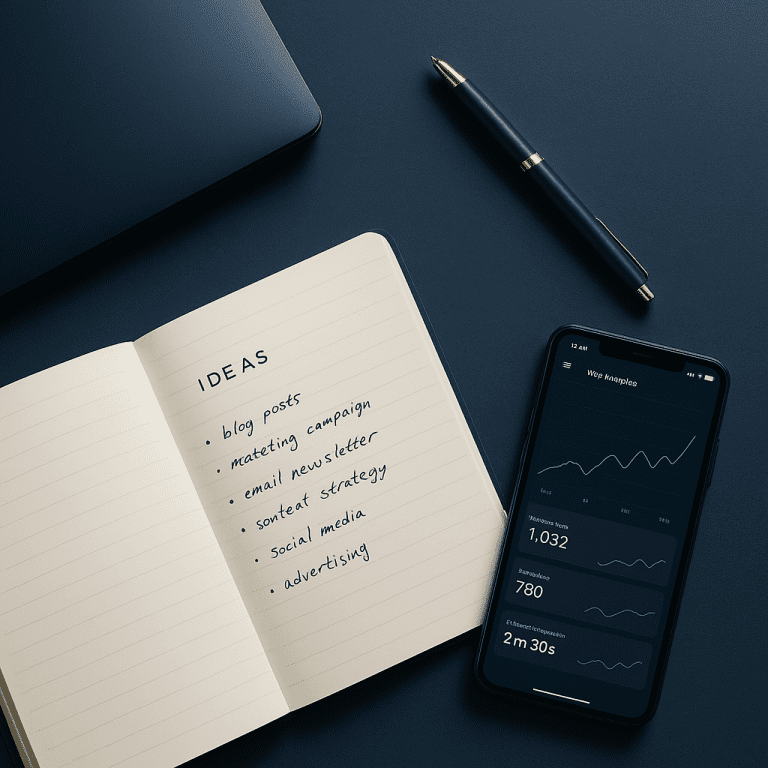Startups often face the tough challenge of growing fast while staying sustainable. Many new businesses start with big dreams but burn out quickly when they try to grow using traditional methods like aggressive sales or expensive advertising. One modern strategy gaining popularity is Product-Led Growth (PLG). This approach lets the product itself do the hard work of attracting, converting, and keeping customers. In this article, we will explore what PLG is, how it’s different from other models, what drives it, how to measure success, and look at real startups that have used this strategy to scale.
What Is Product-Led Growth?
Product-Led Growth is a business model where the product is the main tool for getting and keeping customers. Unlike traditional models that rely on sales and marketing teams to drive growth, PLG puts the product at the center. When a company uses PLG, users can usually try the product before buying it, often through a free trial or freemium model. The goal is for the user to get value from the product quickly and decide for themselves if it’s worth paying for.
Traditional models focus heavily on marketers creating demand and sales teams ‘closing the deal.’ But in a PLG model, users become interested in the product by using it and seeing how well it solves their problem. This leads to more natural growth, as happy users often tell others and help the product grow through word of mouth.
Why User Experience and Feedback Matter
User experience (UX) plays a huge role in any product-led strategy. A good PLG product is designed to be easy to use, helpful from the start, and full of value right away. The first moments a user spends with the product are extremely important. If the experience is confusing or unclear, users will leave and never come back.
Startups need to listen closely to feedback from their users. This can come from support tickets, in-app surveys, or online reviews. The feedback helps the company improve parts of the product that may not be working well. It also highlights features that users love so that developers can focus more on what people enjoy. Constant improvement based on user data keeps the product valuable and makes customers more likely to stick around.
Key Metrics That Matter in Product-Led Growth
A successful PLG strategy is measured by different metrics than traditional growth models. Instead of looking mainly at revenue or sales leads, PLG companies look at product-specific data. Here are some important ones:
- Activation Rate: This shows how many users complete a key action—like signing up or finishing an onboarding task—soon after starting to use the product.
- User Retention: A good sign of product value is how many users return after their first experience. High retention means the product keeps giving value.
- Expansion Revenue: This comes from existing users who upgrade to a paid plan or buy add-on features. It measures how well the product grows without needing new customers.
- Net Promoter Score (NPS): This asks how likely customers are to recommend the product. High scores mean users love the experience and are likely to spread the word.
By keeping track of these metrics, startups can spot weak points, measure real customer value, and make smart product changes to support growth.
Real Startups Winning with Product-Led Growth
Many well-known startups today have used product-led growth to grow from small teams into market leaders. Let’s take a look at a few of them.
Slack
Slack is a messaging app that teams use to communicate and share files. When Slack launched, it offered a free version that gave users access to core features. People started using it in small groups, loved the experience, and invited others. Companies upgraded later to unlock advanced tools. Today, Slack is a giant in the communication space, thanks largely to users spreading the word themselves.
Dropbox
Dropbox is another great example. From the beginning, it gave users free storage and rewarded them with more space for referring friends. This created a viral loop where people wanted to invite more users. The product’s simple interface made it easy for anyone to start using it right away, driving its fast success.
Canva
Canva, a design tool for creating graphics and documents, lets people use most of its features for free. Once hooked, users often upgrade to access premium features. Because it’s so easy to use, people in both business and school environments adopted it quickly. Canva’s focus on a great product helped it grow into a platform used by millions worldwide.
Why PLG Is Perfect for Startups
Startups usually have limited funds and small teams. PLG saves money on sales and advertising by letting the product win over users naturally. It also allows companies to grow steadily because they can see exactly what the user wants and adjust quickly. A product that solves real problems and continues improving keeps users happy and brings in revenue without needing to spend huge amounts upfront.
PLG is not just for software companies, either. With careful design and attention to the customer journey, many types of startups can benefit from this model. As long as the product offers real, visible value early in the user experience, PLG can work.
Final Thoughts
Product-Led Growth is a game-changer for startups looking to grow in a smart, affordable, and user-friendly way. By focusing on user experience, listening to feedback, tracking the right metrics, and creating value through the product itself, startups can scale sustainably. Many successful companies started small and relied on their products—not big budgets—to win over customers. With the right strategy, your startup can follow the same path and achieve long-term success through product-led growth.
Share this content:




